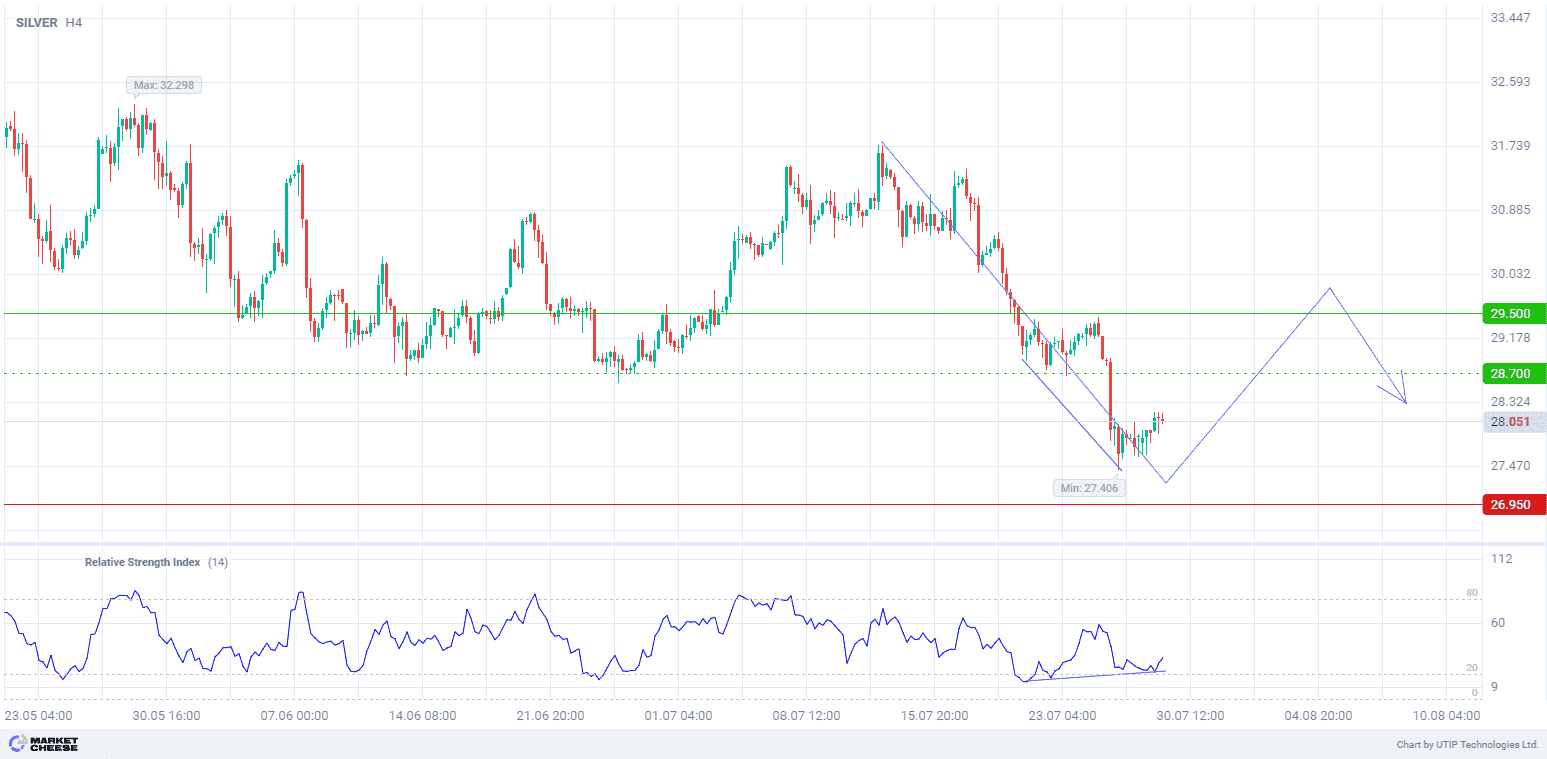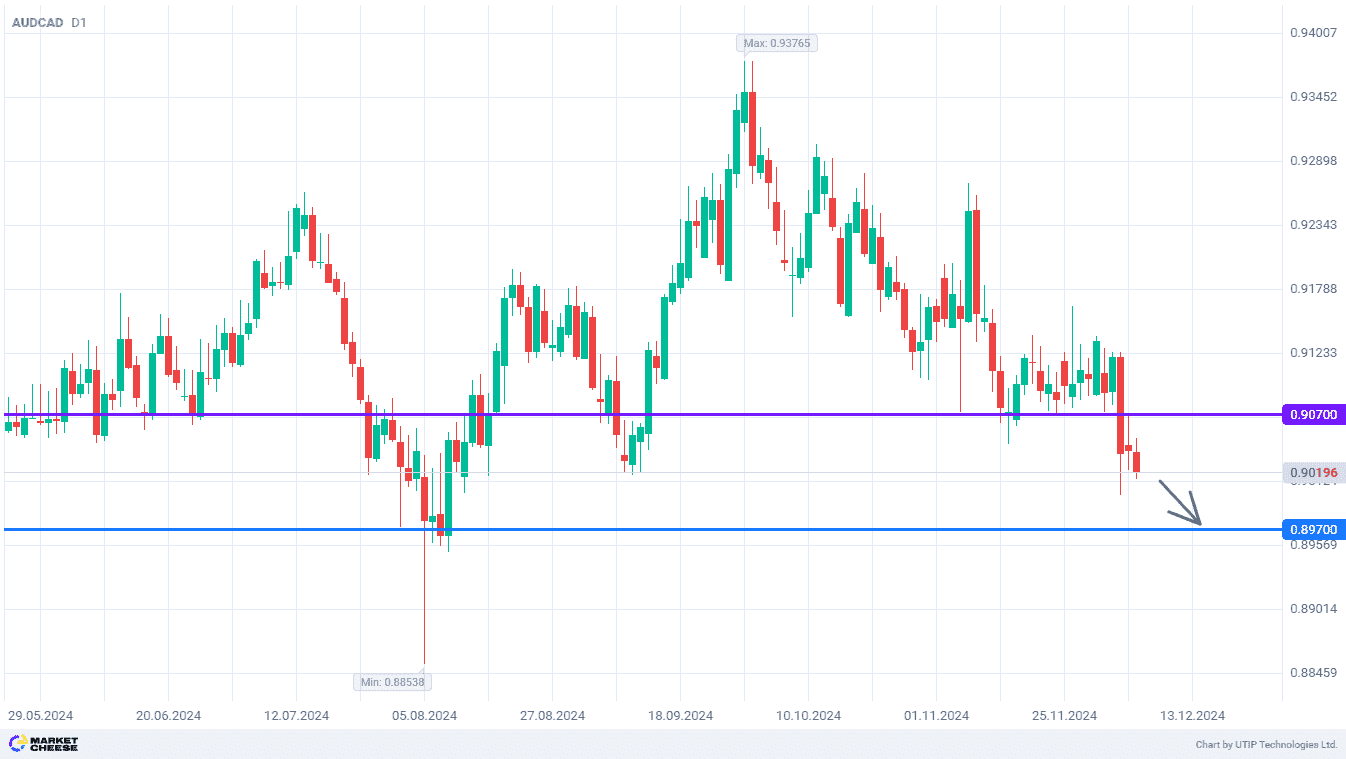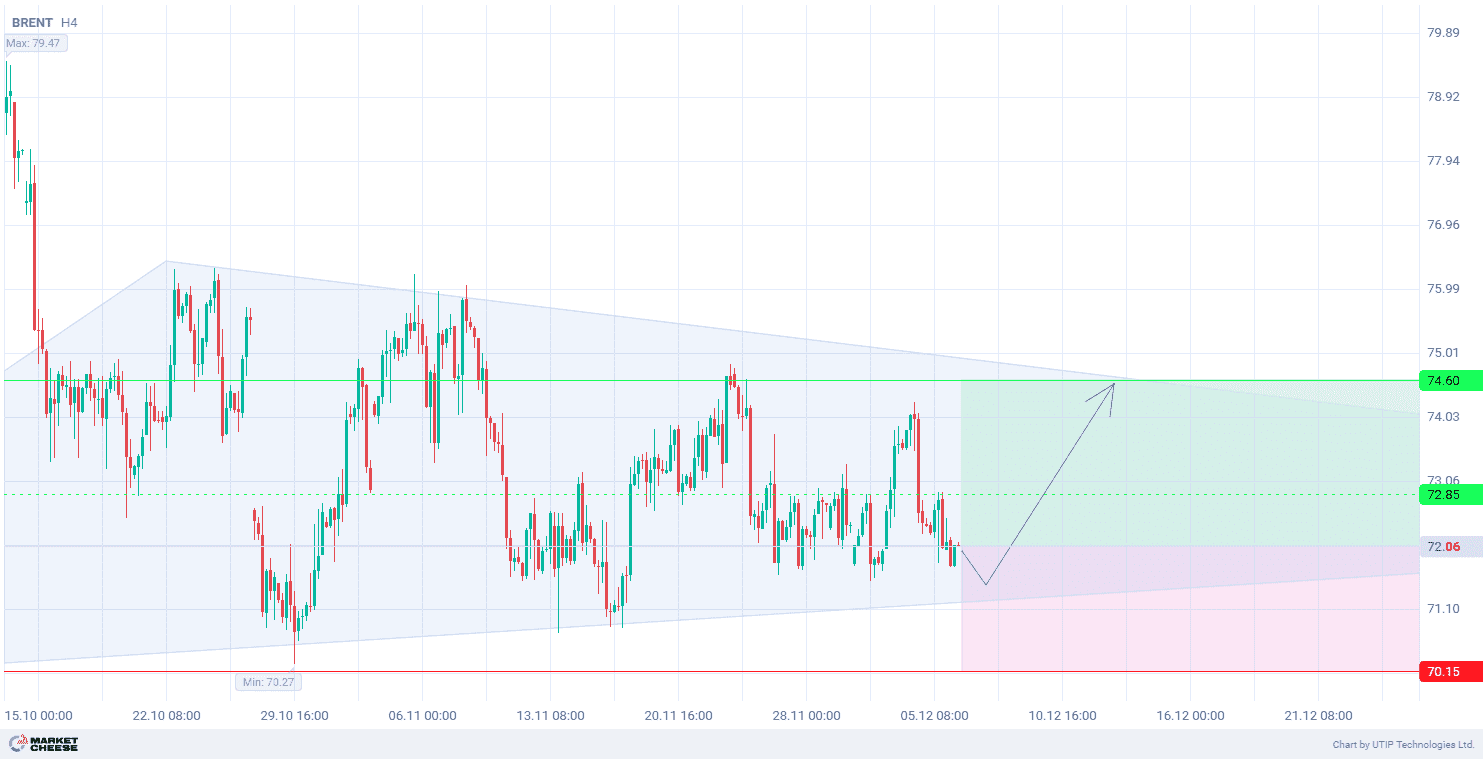Silver price is increasing moderately on Monday. Over the past week, silver declined strongly, losing 4.42%, while gold declined by only 0.57%. This difference shows that the silver market is influenced by its specific factors.
Despite the overall bearish trend, there are some positive signs for silver demand. India, the world’s second-largest consumer of precious metals, recently reduced import duties on gold and silver. This move led to a surge in gold premiums to decade-highs and could potentially boost silver demand as well.
Investors’ attention is focused on the meeting of the Federal Reserve System (Fed). The US central bank’s Federal Open Market Committee meets on July 30-31 and is expected to keep rates unchanged at 5.25%–5.50%. However, according to CME FedWatch, softer US jobs data in June, cooling inflation, and comments from top Fed officials have prompted the rate futures market to fully price in a 25 basis-point cut in September. Low interest rates are usually favorable for assets like silver because they lower their opportunity costs.
The ADP national employment report and non-farm payrolls report are the main data points due this week.
From the technical point of view, the silver price is in a broad correction on the H4 timeframe. In terms of wave analysis, the price is forming the first descending wave. However, the Relative Strength Index (RSI) indicator (standard values) suggests a possible change in direction and a transition to the second upward wave, which is confirmed by the presence of divergence. The growth of the second wave is limited within the range of the first wave.
Signal:
The short-term outlook for silver suggests buying.
The target is at the level of 29.500.
Part of the profit should be taken at the level of 28.700.
A Stop-loss could be set at the level of 26.950.
The bullish trend is short-term, so trade volume should not exceed 2% of your balance.










